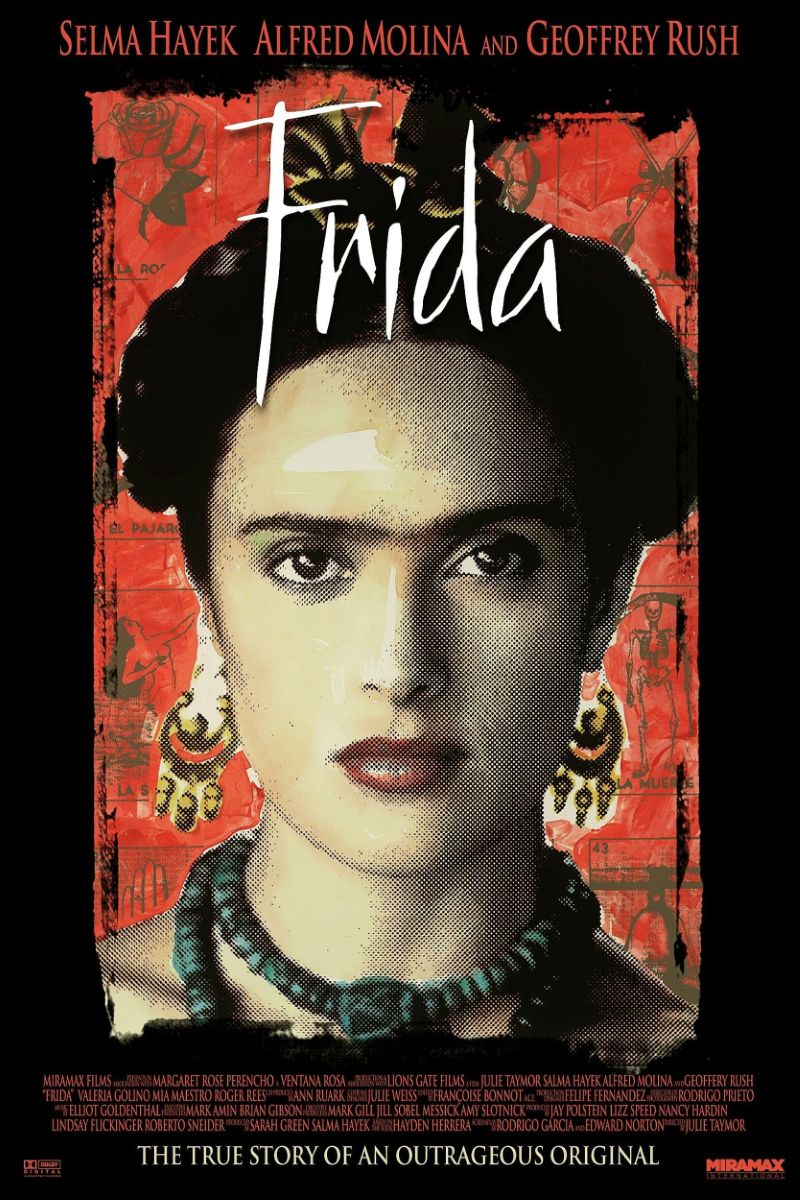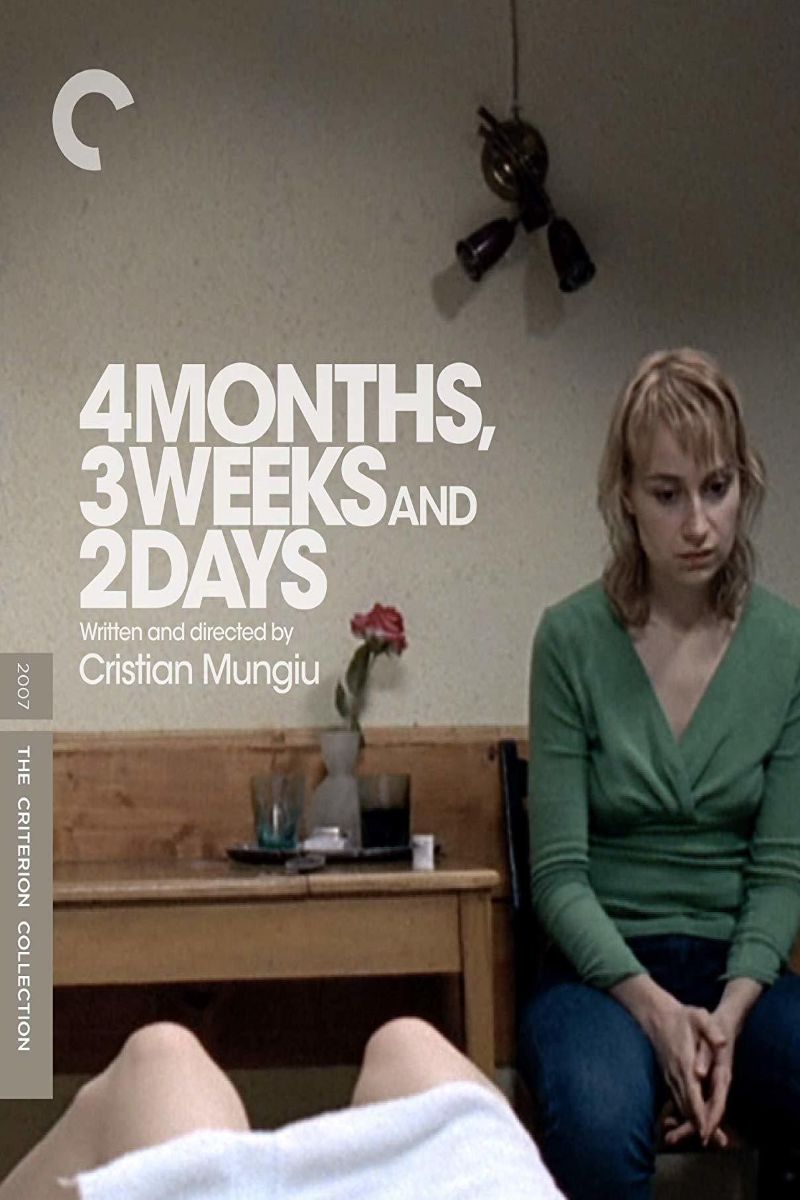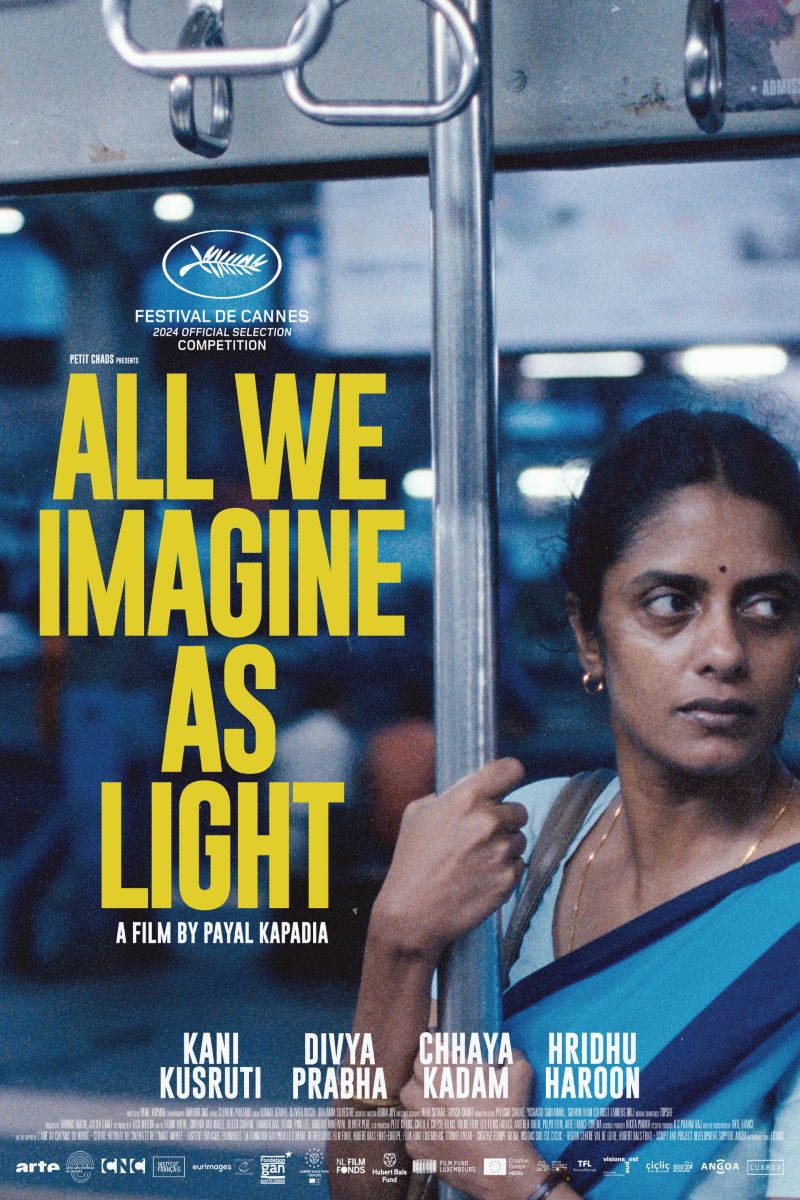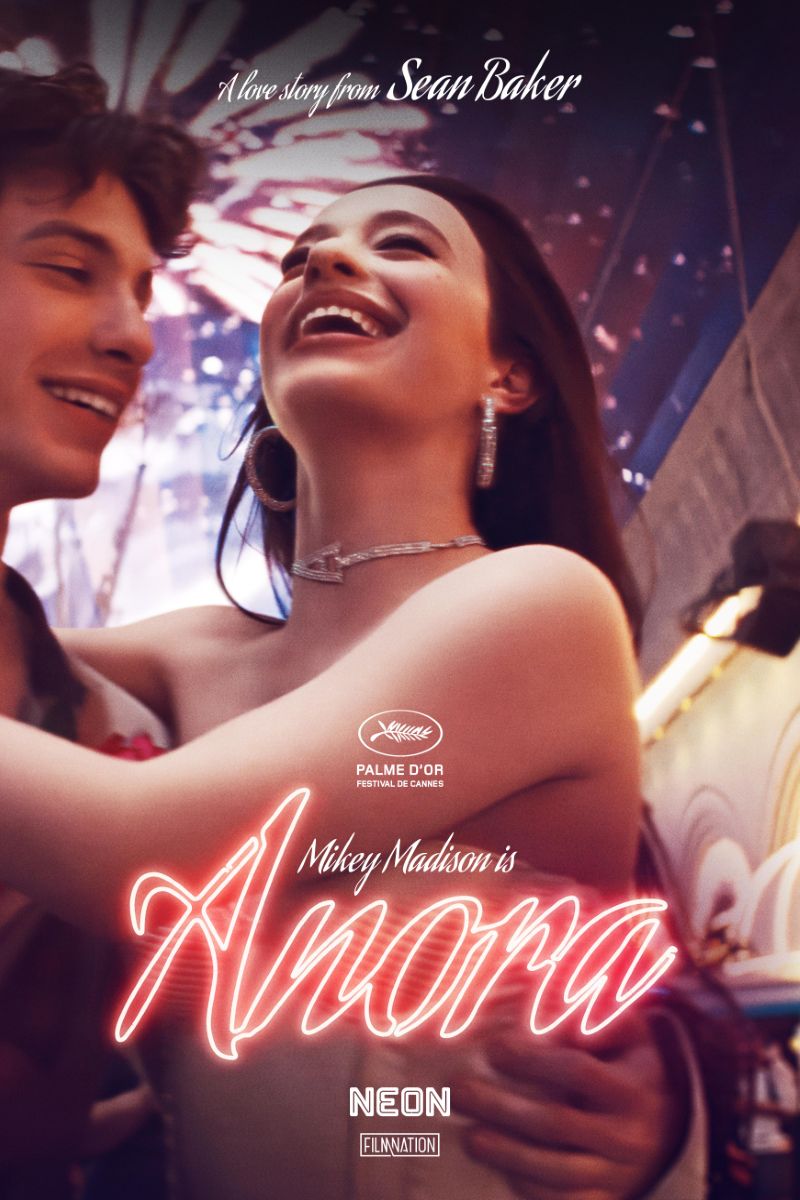
Frida
Frida
Frida Kahlo's famous self-portrait, with that thick unibrow and unwaxed upper lip, has become an iconic symbol of feminism. Julie Taymor's biopic takes us behind the canvas to reveal the artist, the activist, the revolutionary. And knowing what we do now about lead actor Salma Hayek's off-screen experience, this film proves an even greater victory.
主演
🎥 影评与解读
Julie Taymor’s “Frida” emerges as both a vibrant celebration of one of Mexico’s most iconic artists and a deeply personal meditation on how women transform pain into art, defiance into beauty, and suffering into revolutionary expression. This 2002 biographical masterpiece about Frida Kahlo transcends conventional artist biopics through its innovative visual storytelling, authentic cultural representation, and Salma Hayek’s powerhouse performance that brings complex feminist themes to mainstream audiences. The film’s significance has only deepened with revelations about Hayek’s behind-the-scenes battles with producer Harvey Weinstein, making her portrayal of a woman who refused to be silenced or diminished an even more powerful testament to female artistic and personal determination.
Breaking Barriers in Biographical Filmmaking
“Frida” revolutionized the biographical film genre by refusing to present artistic genius as divorced from political consciousness, physical suffering, or sexual complexity. Taymor’s direction integrates Kahlo’s surrealist aesthetic directly into the film’s visual language, creating a work that functions simultaneously as conventional narrative and artistic experimentation that honors Kahlo’s own boundary-breaking approach to art and life.
The film’s treatment of disability represents a significant departure from Hollywood’s typical approach to physical limitation, showing how Kahlo’s chronic pain and mobility restrictions fueled rather than hindered her artistic innovation. Rather than presenting disability as tragedy or inspiration, the film demonstrates how Kahlo transformed physical constraint into creative liberation, developing artistic techniques that emerged directly from her embodied experience of pain and recovery.
Taymor’s integration of Mexican cultural elements—from Day of the Dead imagery to revolutionary muralism—creates authentic representation that avoids both exoticization and sanitization. The film demonstrates how Kahlo’s art emerged from specifically Mexican cultural traditions while addressing universal themes of suffering, love, and creative expression that transcend cultural boundaries.
Salma Hayek’s Transformative Performance and Personal Journey
Hayek’s portrayal of Kahlo represents more than outstanding acting; it embodies a deeply personal project that took her nearly a decade to bring to fruition as both star and producer. Her commitment to authentic representation extended to learning Kahlo’s painting techniques, studying her letters and diary entries, and working with Kahlo’s surviving relatives to ensure cultural accuracy and emotional truth.
The performance captures Kahlo’s complexity as simultaneously vulnerable and fierce, depicting a woman who used her art to process trauma while maintaining defiant independence in her personal and political relationships. Hayek’s embodiment of Kahlo’s physical presence—from her distinctive unibrow and direct gaze to her colorful traditional dress—creates visual authenticity that supports rather than overwhelms the emotional performance.
The retrospective knowledge of Hayek’s struggles with Harvey Weinstein during production adds profound layers to her performance, revealing how her portrayal of a woman fighting for artistic and personal autonomy occurred while she herself battled predatory power dynamics in the film industry. This context transforms her performance into an act of resistance that parallels Kahlo’s own struggles against patriarchal limitation.
Feminist Icon and Complex Representation
The film’s treatment of Kahlo as feminist icon navigates the complex territory between celebration and critical examination, showing how her life challenges simple categorization while inspiring women across cultures and generations. Her relationship with Diego Rivera reveals both the possibilities and limitations of partnerships between strong-willed artists who refuse to conform to conventional gender roles.
Kahlo’s bisexuality receives honest treatment that avoids both sensationalization and marginalization, presenting her relationships with women as integral to her emotional and artistic development rather than exotic details or political statements. The film demonstrates how sexual fluidity functioned as part of Kahlo’s broader rejection of social limitations and conventional expectations.
The portrayal of Kahlo’s political consciousness integrates her Communist beliefs with her artistic practice and personal relationships, showing how political engagement informed rather than competed with her artistic vision. Her commitment to Mexican indigenous rights and international Communist solidarity emerge as consistent expressions of her broader resistance to inequality and oppression.
Revolutionary Artistic Expression and Creative Process
The film’s visualization of Kahlo’s creative process demonstrates how personal trauma, political consciousness, and artistic innovation intersect to produce revolutionary art that challenges both aesthetic conventions and social assumptions. Taymor’s decision to animate several of Kahlo’s paintings creates unique cinematic language that allows audiences to experience her surrealist vision directly.
The integration of magical realist elements—from floating beds to talking skeletons—honors Mexican cultural traditions while illustrating how Kahlo’s art transformed physical and emotional pain into spiritual and political insight. These sequences demonstrate how artistic creation can provide alternative forms of agency and meaning-making for people experiencing extreme limitation or suffering.
The film shows how Kahlo’s self-portraits functioned as both personal therapy and political statement, using her own image to explore themes of identity, suffering, and resistance that spoke to broader experiences of marginalization and oppression. Her artistic practice emerges as form of feminist consciousness-raising that predated and influenced later feminist art movements.
Mexican Identity and Cultural Authenticity
The film’s representation of Mexican culture demonstrates how authentic cultural portrayal can enhance rather than limit universal themes, showing how Kahlo’s specifically Mexican identity informed her artistic vision while speaking to global audiences. The integration of indigenous Mexican imagery, revolutionary history, and contemporary political struggles creates rich cultural context that supports rather than overshadows the personal narrative.
Taymor’s collaboration with Mexican artists, historians, and Kahlo’s surviving family members ensured cultural authenticity that avoided the appropriation and misrepresentation that often characterize Hollywood’s treatment of Mexican subjects. This approach demonstrates how respectful cultural representation requires extensive research, community engagement, and willingness to center rather than marginalize the voices of represented communities.
The film’s treatment of class dynamics within Mexican society reveals how Kahlo’s privileged background enabled her artistic career while her political consciousness connected her to working-class and indigenous struggles. This complexity prevents simple romanticization while acknowledging the material conditions that made her artistic achievement possible.
Visual Innovation and Artistic Integration
Taymor’s background in theater and visual arts enables innovative filmmaking that integrates multiple artistic mediums to create unique cinematic language suited to Kahlo’s interdisciplinary artistic practice. The film’s production design, costume work, and makeup achieve museum-quality authenticity while serving dramatic and emotional purposes.
The decision to recreate several of Kahlo’s paintings as living tableaux allows audiences to experience her artistic vision from within rather than simply observing completed works. This approach demonstrates how biographical films can transcend conventional realism to create more authentic representation of artistic consciousness and creative process.
The film’s use of color, particularly the vibrant blues, reds, and yellows associated with Mexican folk art, creates visual continuity between Kahlo’s paintings and her lived experience while establishing aesthetic coherence that supports rather than distracts from narrative development.
Political Consciousness and Social Justice
The film’s treatment of Kahlo’s Communist politics avoids both dismissal and hagiography, showing how her political beliefs emerged from personal experience of inequality and injustice while connecting to broader international movements for social change. Her relationship with Leon Trotsky provides historical context while illustrating how political commitment affected her personal relationships and artistic practice.
The integration of Mexican revolutionary history—from the Mexican Revolution through contemporary indigenous rights movements—demonstrates how Kahlo’s political consciousness reflected specific historical circumstances while addressing ongoing struggles for justice and equality. Her support for Communist ideals emerges as consistent with her broader rejection of hierarchical systems that privileged some lives over others.
The film shows how artistic expression can function as political action, using Kahlo’s paintings to explore themes of colonialism, capitalism, and patriarchal oppression that remain relevant to contemporary social justice movements. Her artistic practice emerges as form of cultural activism that challenged dominant narratives while creating alternative visions of possibility.
Pain, Disability, and Creative Transformation
The film’s honest treatment of Kahlo’s physical suffering avoids both exploitation and inspiration narrative, instead showing how chronic pain shaped her artistic vision and philosophical outlook without defining her entire identity. Her various surgeries, periods of bed rest, and mobility limitations provide context for understanding her artistic techniques and thematic preoccupations.
The portrayal demonstrates how disability can function as source of creative insight rather than simply limitation, showing how Kahlo’s physical experiences informed her understanding of embodiment, mortality, and the relationship between spirit and flesh. Her artistic innovations—particularly her development of portable easels and mirror-based self-portrait techniques—emerge from practical accommodation that became aesthetic breakthrough.
The film’s treatment of Kahlo’s relationship with her own body reveals complex dynamics between self-love and self-criticism, acceptance and rebellion, that characterize many women’s experiences of embodiment within patriarchal society that privileges specific forms of physical conformity and ability.
Contemporary Relevance and Ongoing Influence
“Frida” continues to inspire contemporary discussions about women’s artistic expression, political consciousness, and resistance to limitation that remain urgently relevant as women worldwide continue to face barriers to full participation in artistic, political, and economic life. Kahlo’s example provides model for transforming personal struggle into universal insight through authentic artistic expression.
The film’s treatment of bisexuality and sexual fluidity anticipated contemporary discussions about gender identity and sexual orientation that challenge binary categories and conventional assumptions about relationships and desire. Kahlo’s example suggests possibilities for sexual authenticity that transcend social limitations and expectations.
The revelations about Hayek’s experiences with Harvey Weinstein add contemporary urgency to the film’s themes about women’s struggle for artistic autonomy and personal safety within male-dominated industries. Her persistence in completing the project despite harassment and threats reflects the same determination that Kahlo demonstrated throughout her life and career.
Awards Recognition and Cultural Impact
The film’s Academy Award wins for Best Makeup and Best Original Score, along with nominations in major categories including Best Actress for Hayek, demonstrated mainstream recognition for culturally specific storytelling that avoided stereotyping or oversimplification. This success encouraged subsequent films exploring similar themes and subjects.
The international recognition—including awards at Venice Film Festival and BAFTA nominations—proved that authentic cultural representation could achieve global appeal when handled with respect and artistic integrity. The film’s success opened doors for other Latino/Hispanic stories and artists in mainstream Hollywood.
The film’s influence extends beyond cinema into fashion, art education, and popular culture, where Kahlo’s image and philosophy continue to inspire new generations of artists and activists seeking to transform personal struggle into creative expression and social change.
Conclusion: Art as Revolutionary Act
“Frida” achieves lasting impact through its demonstration that biographical filmmaking can honor both individual complexity and broader social significance when approached with authentic cultural understanding and artistic innovation. Julie Taymor’s direction and Salma Hayek’s performance create work that functions simultaneously as entertainment, education, and inspiration for audiences seeking models of female strength and creative determination.
The film’s greatest achievement lies in its illustration of how artistic expression can serve multiple purposes—personal healing, political resistance, cultural preservation, and universal communication—without sacrificing authenticity or emotional truth. Kahlo’s example demonstrates that revolutionary art emerges from honest engagement with personal and social reality rather than abstract political theory or conventional aesthetic practice.
Through its combination of visual innovation, cultural authenticity, and powerful performances, “Frida” stands as testament to the continuing relevance of women’s stories about transforming limitation into liberation through creative expression and political consciousness. The film proves that when women’s experiences are represented with honesty and respect, they speak to universal human concerns while maintaining their specific cultural and historical significance, inspiring new generations of artists and activists to claim their own voices and create their own revolutionary expressions.
🏆 获奖与荣誉
- • 奥斯卡奖 Best Makeup
- • 奥斯卡奖 Best Original Score
- • 英国电影学院奖 Best Costume Design
- • 金球奖 最佳女主角 nomination (Salma Hayek)
- • 美国演员工会奖 nomination
- • 威尼斯电影节 Premio FIPRESCI
⭐ 评分与链接
相关推荐
评论与讨论
与其他观众一起讨论这个视频
加入讨论
与其他观众一起讨论这个视频
评论加载中...



